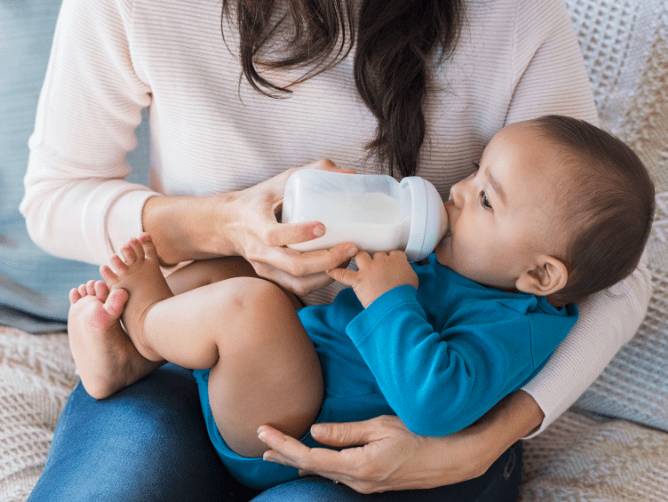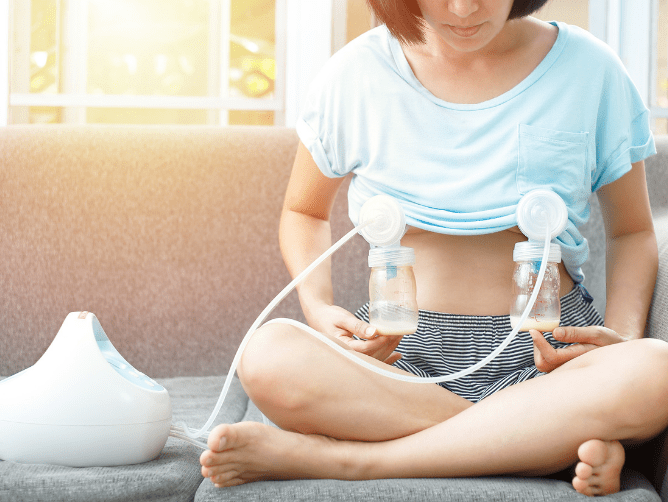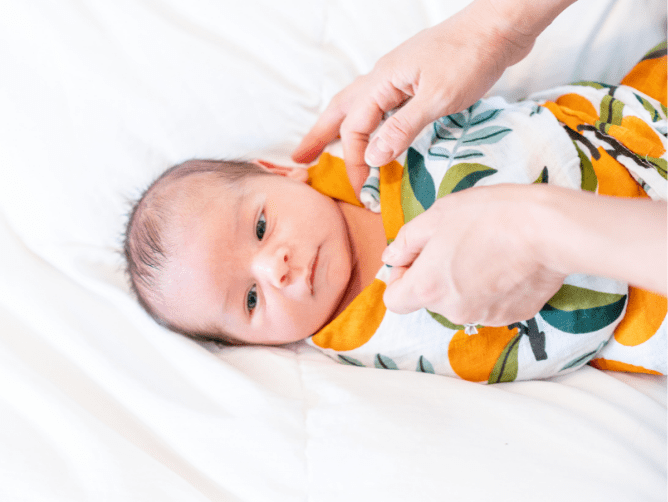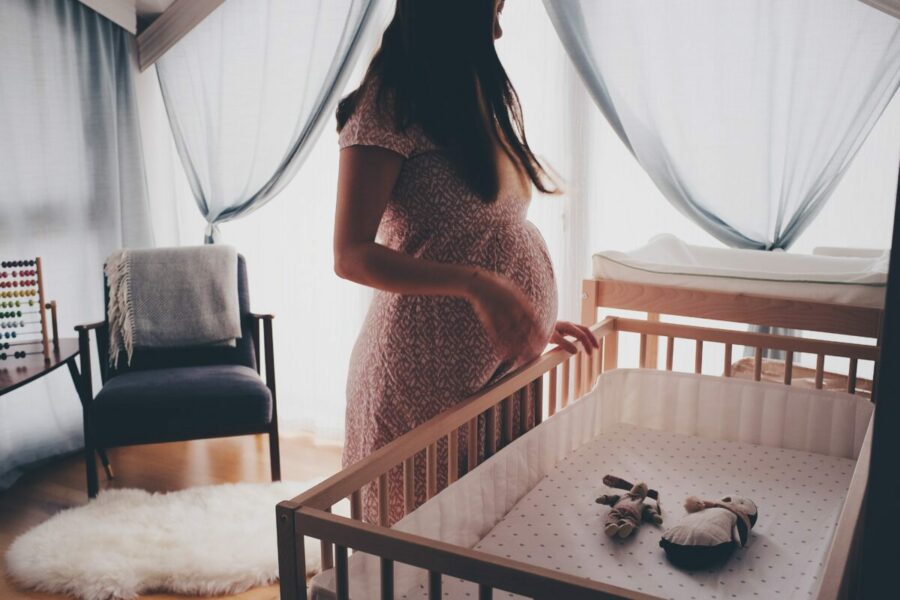Baby bottles are susceptible to a lot of harmful bacteria. You should wash, sterilize, and dry them properly. Unclean bottles can cause stomach infections to your baby because their immune system is not strong to fight off such infections.
Washing baby’s bottles with water and soap is not enough. You need baby sterilisers such as Haenim UV LED sterilizer to kill germs in the bottles regularly. Also, it is crucial to use safe soaps or liquid cleansers like Pigeon Liquid Cleanser to wash the bottles.
This article will teach you the best way to clean your baby’s bottle for healthy bottle feeding!
Sterilizing the baby’s bottle
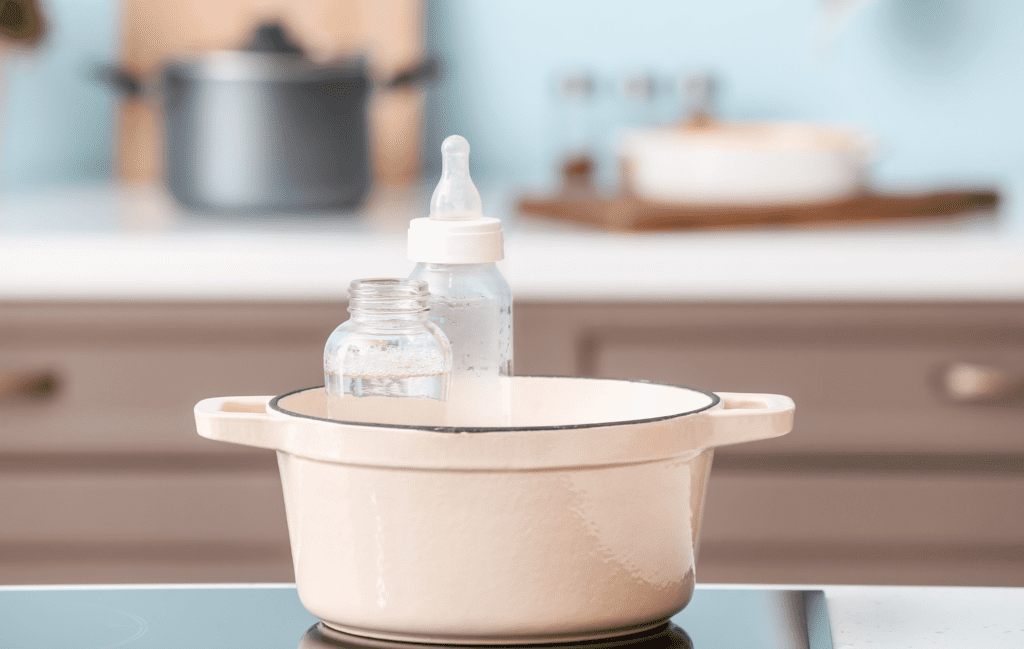
When you purchase a baby bottle to feed them, it is crucial to sterilize it before use. Besides, sterilizing a baby’s bottle is recommended for the first year of your baby’s life. Similarly, purchase the best UV steriliser for a baby- a steriliser with no odor and kills 99.9% of the germs.
It helps to kill any existing germs in the bottle to avoid stomach infections. Breast milk and formula are prone to bacterial contamination; hence, if you do not clean the bottle well, your baby may get bacterial infections.
There are different methods you can use to sterilize baby’s bottles, including;
- Boiling– you can boil baby’s bottles in boiling water to kill any harmful germs in them. Disassemble the bottle into parts to boil them effectively for the baby’s use. The high temperatures in the boiling water don’t allow the tiny harmful organisms to survive and leave the bottles safe for use.
- Steaming– is much more like the boiling method because you use high temperatures to sterilize and clean baby bottles. However, you need to have steam, a microwave, or one of the best UV electric sterilisers for a baby.
- Chemical– it uses chemical disinfectants, either tablets or liquids, to sterilize and wash baby’s bottles. Get the best baby sterilisers in Singapore to keep feeding bottles clean and safe.
Cleaning the baby’s bottles
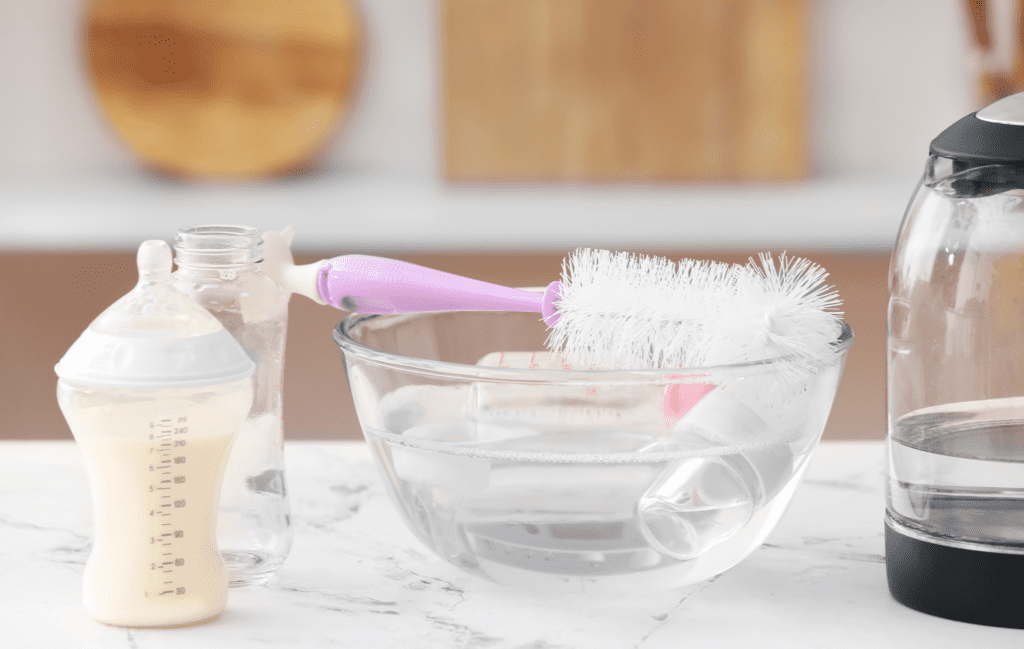
- To clean the bottles properly, begin by disassembling them completely. Remove the nipple and all the parts of the bottle you have to clean.
- Fill in a basin or a clean sink with warm water and add in dishwashing liquid. Wash each part properly to remove any residue. Use a food-grade soap such as the Pigeon liquid cleanser to ensure maximum safety for your baby.
- Use a separate bottle brush to clean the baby’s bottles thoroughly and regularly ensure that grease or residue from other utensils is not passed on.
- Also, clean the bottles after every use with warm water and soap. Don’t allow the bottle to sit with milk because leftover milk can curdle and stick to the bottle. This makes cleaning harder and can harbor harmful bacteria.
- Also, use fragrance-free and dye-free soaps to clean your baby’s bottles.
- Finally, don’t use a discolored bottle to feed your baby. Discoloration may indicate milk fat accumulation due to inadequate rinsing.
Rinsing and drying

After sterilizing and washing the baby’s bottles, you need to rinse and dry them well. Ensure that there is no baby sterilizer or soap left on the bottles to avoid accidental poisoning.
To rinse the bottle parts well, place each piece under a fast and clean water source. Rinsing the parts will boiling water is even better.
Once you have rinsed the baby’s bottles, place them on a separate clean mat to allow them to air dry. Keep these items in a safe place where no one can knock them down.
Besides, clean the mats and the towels you place the bottles on regularly to maintain the highest level of hygiene for your baby.
When the bottles completely dry, store them away. Well-dried baby bottles do not allow microbial growth or moisture to trap within. Hence, never keep baby’s bottles while wet.
